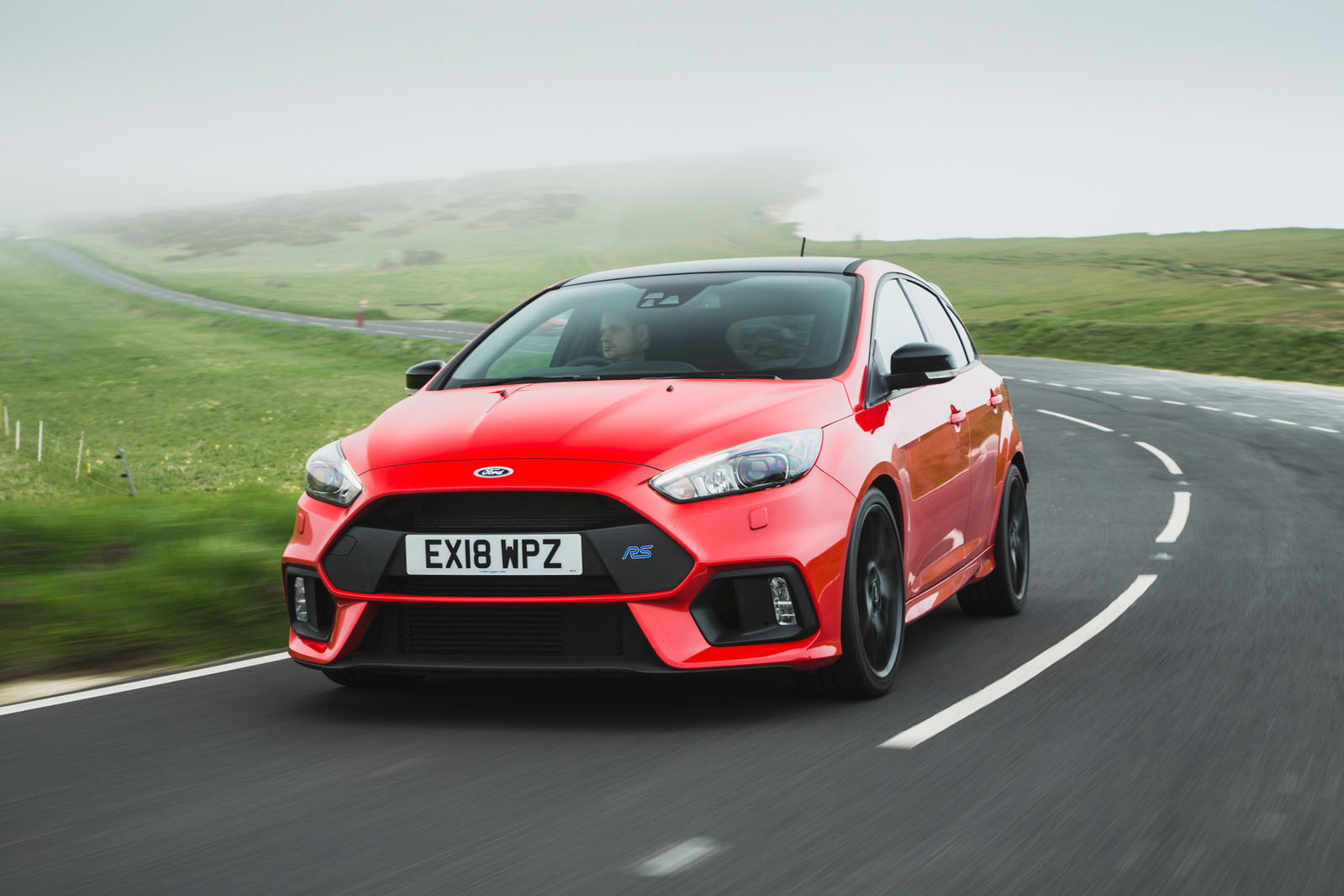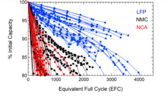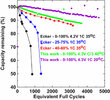LiveLong&Profit
Member
Short term there will be FUD.Even with the weekend, it hasn't stopped. I'm not going to link to what I'm talking about, but it's again about FSD "endangering" the public.
I'm still on beta 10.5, but I've tested in multiple cities and states. From my experience, it's more likely to "annoy" the public than endanger anyone, because of how cautious it is. 10.5 is hyperaware of vulnerable road users.
I personally don't include robotaxis in my valuation of Tesla, but from an investment perspective, I do still think about it a lot. I wonder just how much legal action by the govt can impede progress of FSD. My only conclusions are that it's almost impossible to predict what the govt will do, but if they do try to handicap FSD development, Tesla will still be able to have employees continue testing on the roads. This will slow progress, but not stop it.
About 10GB/day is being uploaded on average for public beta testers, with about 25GB/day the upper amount for those who choose to tag videos to be sent back to Tesla. AI day revealed that Tesla has 1000 labelers. Honestly, I'd be surprised to learn they're able to keep up with the Terabytes of data this implies (the "recall" let us know there are at least 12,000 beta testers as of a few weeks ago) they're being sent every day, even if they're discarding a large % of it.
My point is, being forced to pare back to closed beta, which I think it's the most damaging thing govt can do, still doesn't kill the program. Tesla will march along.
Just thought I'd put that argument out there for people who read the FSD fear mongering articles. They're not going to stop anytime soon.
But longer term (~5 years) there might be actual, positive government cooperation.
Why!
Two reasons: Economic downturn caused by ICE having problems, going under or needing massive gov help AND also increasing transportaion costs adding to inflation and reducing consumer demand for other goods and services.
Why? We are already seeing the demand for EVs growing a lot, and that will just continue and the trickle will become a flood.
As EVs gain demand momentum, ICE will suffer even steeper demand loss - and we know how important volume is for auto companies.
A lot of ICE companies will be in trouble in 5 years - maybe even shorter time.
(Maybe that is what is actually partly happening right now. Yes, the chip crises is real, but it is also a good excuse)
So, in ~5 years or even less, we will have massive demand for EVs while still not able to produce enough - worldwide. Even with Tesla ramping with insane speed, plus the many chinese companies, plus some of the smarter EU and US ICE companies trying to ramp, I don't think there will be enough EVs produced.
How should people get to work then? Buy an obsolete ICE car? Nope - not gonna happen.
Lease an ICE car? Who will take the risk as as a fleet owner when the most people don't want' ICE cars anymore, and resale prices will tank? Those leases will be very expensive if they can be gotten at all.
The worldwide overall productivity will suffer if enough people choose to work less or simply are able to work less because transportation becomes more time consuming eating into their productive hours.
Also more money spend on transport (because EVs are expensive due to very high demand) means less money for consumption so the economy contracts.
Both at the same time: Very bad for the economy.
Robotaxis to the rescue!
Good EVs with sufficient autonomy can serve 3-5 or more people compared with a non-FSD car thus helping to plug the demand gap.
More people can work more hours due to effective transportation AND robotaxis will be cheaper so more money for consumber to spend => more economic growth.
More growth => more taxes.
Less people involved in accidents, more people working => more taxes.
So at the same time as the economic hurt from ICE companies suffering, going under or requiring massive stimulus and assistance starts effecting the broader economy due to the steady demise of ICE the governtments around the world will be incentivized to actively support FSD and robotaxis.
Off course, some governments are somewhat corrupt and some are stupid, so it is not guaranteed they will actually do what is best for them.
But the smart goventments will at that time talk about how the transportation crisis can be solved by using technology: AI and autonomy. The smart government will actively promote FSD and campaing for "work while driving" and setup attractive regulations and taxationg for utilizing robotaxis.
Some corrupt or ill-functioning government will stall and work against FSD.
But in all of the functioning - or at least semi-functioning democracies the transitioning to FSD and robotaxis might be somewhat delayed, but will occur, due to competing parties telling the public what they are missing, and then winning subsequent elections.







